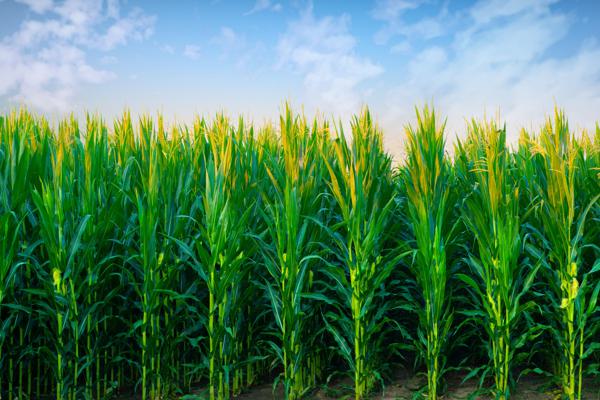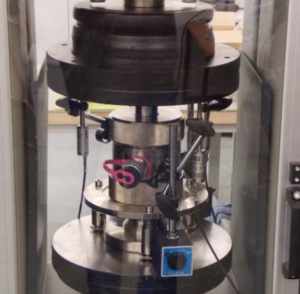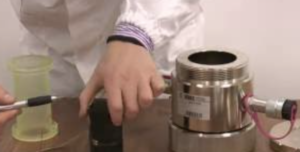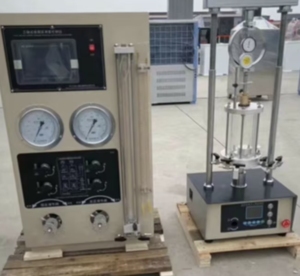How Can Tests for Soil Microbial Activity Aid in Selecting Crop Varieties Resistant to Specific Diseases?
Healthy soil is more than just a growing medium—it’s a living ecosystem1, packed with microorganisms that influence plant health, nutrient cycling, and even resistance to disease. By testing soil microbial activity2, farmers and researchers can gain powerful insights into which crop varieties are more likely to thrive or struggle in a given environment. In disease-prone regions, these tests can serve as a biological compass, guiding the selection of crop varieties that naturally align with the soil’s microbial profile3.
The Relationship Between Soil Microbes and Crop Diseases
Soil microbes can act as both protectors and pathogens4. While some promote plant health by suppressing disease-causing organisms5, others are directly involved in root rot, damping-off, or wilt diseases6.
Microbial Interactions with Crop Health
- Beneficial Microbes: Include mycorrhizal fungi, rhizobacteria, and actinomycetes that protect roots and stimulate immunity.
- Pathogenic Microbes: Fungi like Fusarium, Pythium, and bacteria like Ralstonia cause root and vascular diseases.
- Suppressive Soils: Soils with high microbial diversity often suppress pathogens naturally.
- Conducive Soils: Poorly balanced soils may encourage disease proliferation.
Soil Microbe–Disease Dynamics Table
| Microbial Group | Effect on Crops | Disease Involvement |
|---|---|---|
| Trichoderma spp. | Antagonistic to pathogens | Controls Rhizoctonia and Fusarium |
| Fusarium spp. (some) | Pathogenic fungi | Causes wilt and root rot |
| Rhizobacteria (PGPR) | Induce systemic resistance | Boost defense against multiple diseases |
| Pythium spp. | Water-borne fungi | Seedling damping-off |
Knowing which organisms dominate the soil can help in selecting disease-resistant varieties that either resist or tolerate those microbes.

Techniques for Testing Soil Microbial Activity in Agricultural Fields
Testing soil microbial activity involves measuring the biological processes and populations7 within the soil. These tests give insight into overall soil health, pathogen risks, and beneficial microbe abundance8.
Common Testing Methods:
-
Soil Respiration Tests
- Measures CO₂ release from microbial metabolism—indicates microbial biomass and activity.
-
- Use fumigation-extraction or substrate-induced respiration to estimate microbial content.
-
DNA-based Metagenomics
- Identifies microbial species via genetic markers; distinguishes pathogens vs. beneficials.
-
Biolog EcoPlates
- Analyze functional diversity of microbes using 31 carbon substrates.
-
Disease Bioassays
- Grow indicator plants in soil samples to observe disease severity.
Soil Testing Summary Table
| Test Type | What It Measures | Application in Crop Selection |
|---|---|---|
| Soil Respiration | Total microbial activity | Indicator of soil vitality |
| Pathogen DNA quantification | Specific disease-causing microbes | Helps avoid susceptible crop varieties |
| EcoPlate analysis | Microbial metabolic diversity | Matches crops to supportive microbiomes |
Such data help farmers and agronomists select varieties that are better adapted to microbial conditions—resisting disease and optimizing yield.

Crop Varieties with Natural Resistance Linked to Microbial-Tested Soils
Certain crop varieties perform better in soils with specific microbial profiles. For example:
- Tomato cultivars resistant to Fusarium thrive in soils with high Trichoderma activity.
- Rice varieties adapted to flooded fields benefit from high methanotroph and anaerobe activity.
- Soybeans with root rot resistance prefer soils rich in rhizobacteria and low in Phytophthora counts.
Variety-Soil-Microbe Matching Table
| Crop | Pathogen Risk | Preferred Microbial Profile | Recommended Variety |
|---|---|---|---|
| Tomato | Fusarium oxysporum | High Trichoderma, moderate pH | ‘Resistar’, ‘Heinz 3402’ |
| Soybean | Phytophthora sojae | High PGPR, low soil compaction | ‘Pioneer 93Y92’, ‘AG3539’ |
| Wheat | Rhizoctonia solani | Diverse actinomycetes, low nitrate | ‘Norin 61’, ‘Mace’ |
| Lettuce | Pythium aphanidermatum | Suppressive microbial diversity | ‘Tiberius’, ‘Crispino’ |
This approach allows targeted varietal selection to naturally reduce disease incidence without heavy chemical use.

Enhancing Crop Health by Matching Varieties to Microbial-Rich or -Poor Soils
Matching the right crop variety to the microbial richness or deficiency of a soil can significantly improve plant health and disease resistance.
In Microbial-Rich Soils:
- Favor varieties that form strong symbioses with beneficial microbes (e.g., legumes with rhizobia).
- Prioritize crops that respond to natural immunity stimulation by microbes.
In Microbial-Poor Soils:
- Select varieties with built-in genetic resistance to disease.
- Focus on crops that tolerate abiotic stress and poor nutrient cycling.
Strategy Comparison
| Soil Condition | Preferred Variety Traits | Additional Management Tips |
|---|---|---|
| Microbial-Rich | Responsive to bio-inoculants | Use minimal fungicides |
| Microbial-Imbalanced | Resistant to specific pathogens | Apply compost or biofertilizers |
| Microbial-Poor | Stress-tolerant, low input demand | Gradual organic matter restoration |
This synergy of soil testing and variety selection supports integrated disease management, sustainable farming, and healthier crops.

Conclusion
Soil microbial activity tests offer a powerful, science-based tool for improving crop health and selecting varieties that naturally resist disease. By understanding the microbial dynamics of their fields, farmers can choose crops that align with those conditions, reducing reliance on chemicals and boosting productivity. In a world increasingly focused on sustainable and resilient agriculture, matching crop varieties to microbial-tested soils is a step forward in smarter, healthier farming.
-
Understanding the concept of a living ecosystem in soil health can enhance your knowledge of sustainable agriculture practices. ↩
-
Exploring this topic can provide insights into improving crop yields and soil management strategies. ↩
-
This knowledge can help in selecting the right crops for better growth and sustainability in agriculture. ↩
-
Understanding the dual roles of soil microbes can help in managing crop health effectively. ↩
-
Exploring this can provide insights into enhancing plant health through microbial management. ↩
-
Learning about these diseases can aid in prevention and treatment strategies for healthier crops. ↩
-
Understanding these processes is crucial for assessing soil health and managing agricultural practices effectively. ↩
-
Exploring this relationship can enhance your knowledge of sustainable soil management and crop productivity. ↩
-
Learning about these assays can provide insights into measuring soil microbial content and health. ↩







